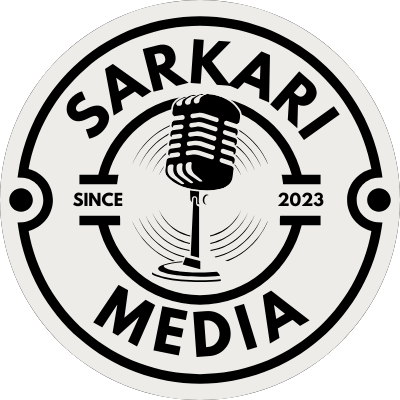56978 Answers Agile E1 online course offered by Tata Consultancy Services (TCS) with course ID 56978. The course covers the basic concepts and principles of Agile methodology.
56978 Answers Agile E1
Question 1
Which of the following is NOT a core value of Agile?
Answer: Command and control
The 12 core values of Agile as defined in the Agile Manifesto are:
- Individuals and interactions over processes and tools
- Working software over comprehensive documentation
- Customer collaboration over contract negotiation
- Responding to change over following a plan
Command and control is not one of the core values of Agile.
TCS Course Answers all :
TCS RIO : Remote Internship
56978 TCS Answers : Agile E1
43893 TCS Answers : Information Security Awareness
7408 TCS Answers : iSecurity quiz
21939 TCS Answers : TCS Code of Conduct
64091 TCS Answers : Mastering TCS Data Privacy
55220 TCS Answers : Navigating Success GDPR
62297 TCS Answers : TCS SBWS Mode Assessment
2735 TCS Answers : Sexual Harassment Success
Question 2
Which of the following best describes an Agile methodology?
Answer: Iterative and incremental approach to software development
The key characteristics of Agile methodologies include:
- Iterative and incremental approach to software development and testing
- Adaptive planning
- Early and continuous delivery of valuable software
- Welcome changing requirements, even late in development
- Close daily cooperation between business people and developers
- Face-to-face conversation
- Working software is delivered frequently (weeks rather than months)
- Continuous attention to technical excellence and good design
- Simplicity
- Self-organizing teams
An Agile methodology follows an iterative and incremental approach to software development where requirements and solutions evolve through collaboration between self-organizing cross-functional teams.
Question 3
In Scrum, who is responsible for the daily stand-up meeting?
Answer: Scrum Master
In Scrum, the daily stand-up meeting or daily scrum is a key ceremony. It is a 15-minute daily meeting for the Development Team. The purpose of this meeting is to synchronize activities and create a plan for the next 24 hours.
The Scrum Master is responsible for ensuring that the Development Team has the meeting every day. The Scrum Master also helps to keep the meeting focused on progress toward the Sprint Goal and resolving impediments.
Question 4
Which of the following BEST describes user stories in Agile?
Answer: Short, simple descriptions of a feature told from the perspective of the person who desires the new capability
User stories are short, simple descriptions of a feature told from the perspective of the user. They define the ‘who’, ‘what’ and ‘why’ of the feature in a concise way.
Some key characteristics of user stories:
- Written from the perspective of the user/persona
- Focus on one feature or capability
- Written in simple, non-technical language
- Include only enough detail to have a conversation
- Size estimated relative to other stories
So in summary, user stories are short, simple descriptions of a feature told from the perspective of the person who desires the new capability.
Question 5
In Scrum, who decides what tasks/stories go into a Sprint Backlog?
Answer: Product Owner
In Scrum, the Product Owner is responsible for managing the Product Backlog. This includes:
- Clearly expressing Product Backlog items
- Ordering the items in the Product Backlog to best achieve goals and missions
- Optimizing the value of the work the Development Team performs
- Ensuring that the Product Backlog is visible, transparent, and clear to all
- Ensuring the Development Team understands items in the Product Backlog to the level needed
At the start of each Sprint, the Product Owner works with the Development Team to select the Product Backlog items to be included in the Sprint Backlog. Only items that can be completed within the Sprint time-box are selected.
